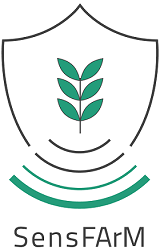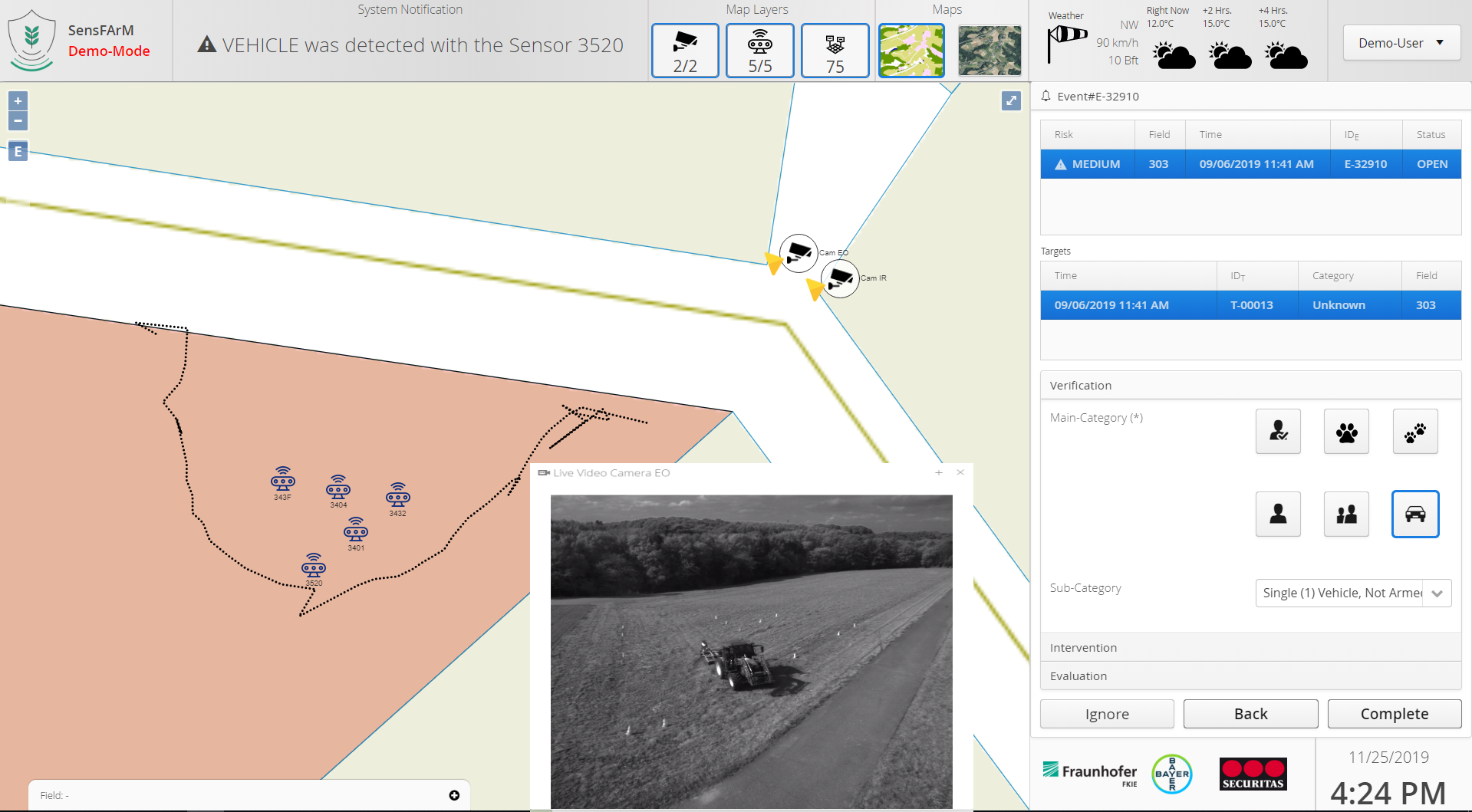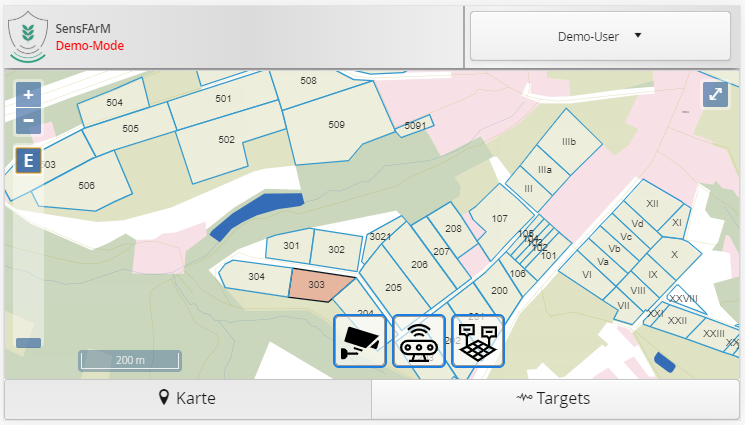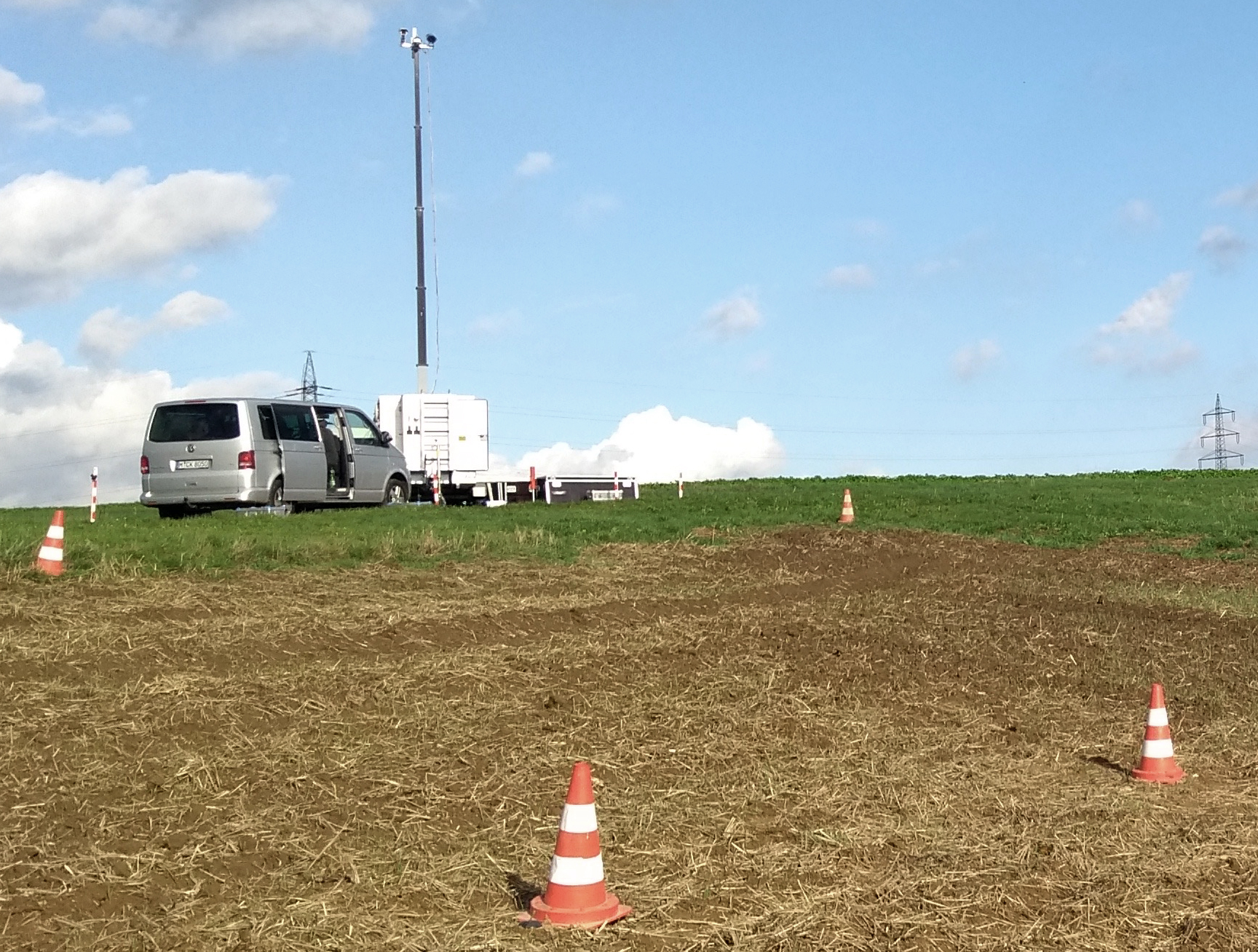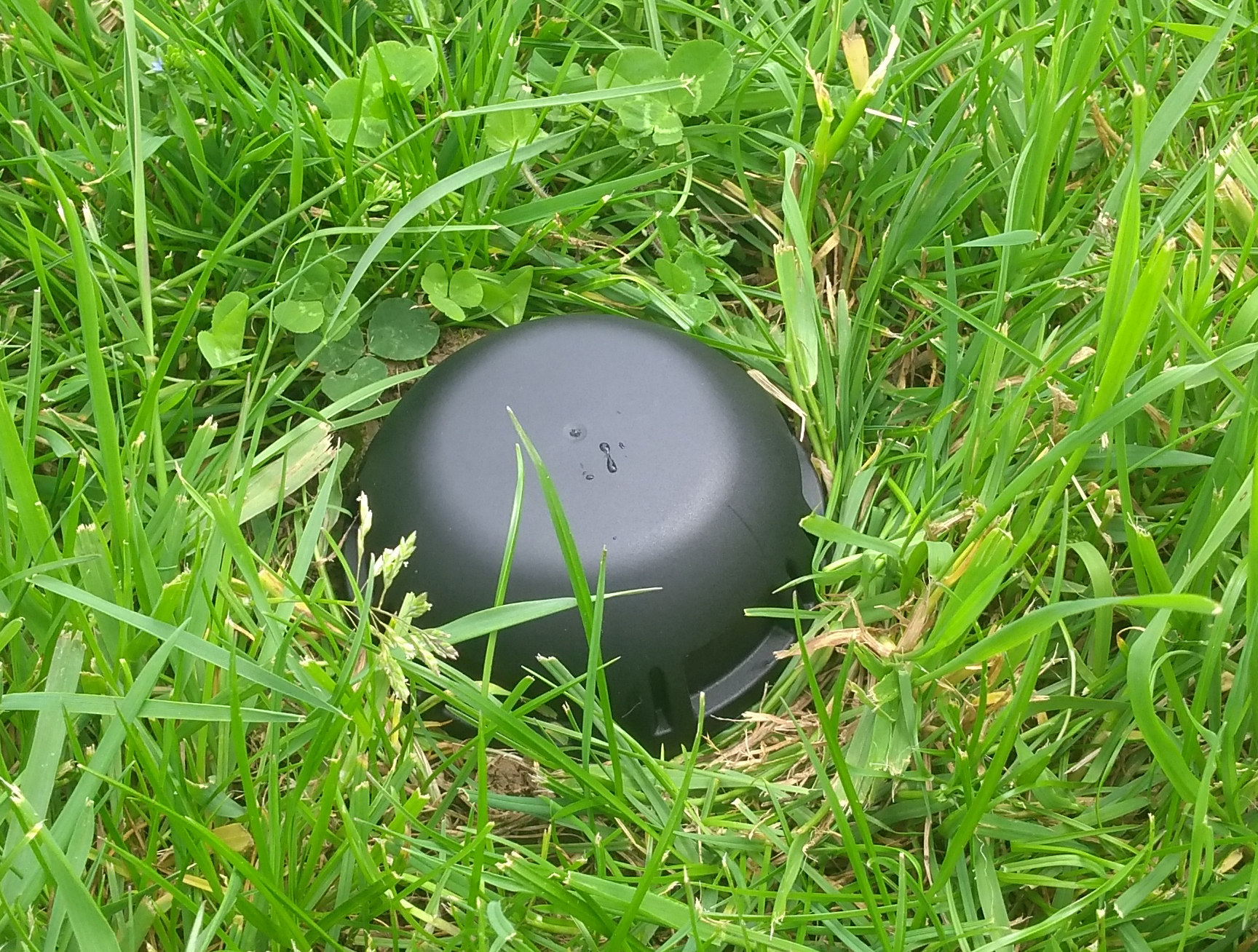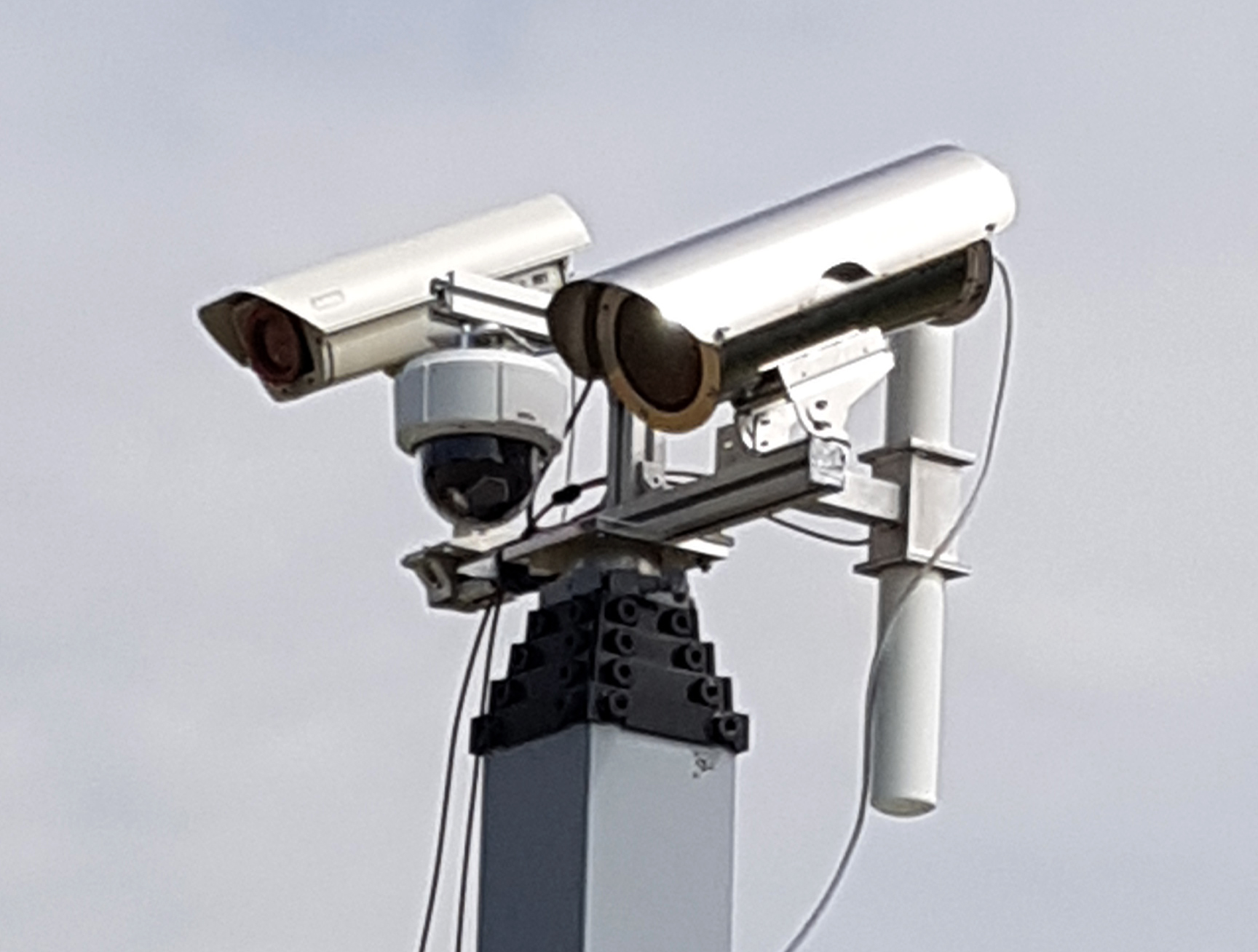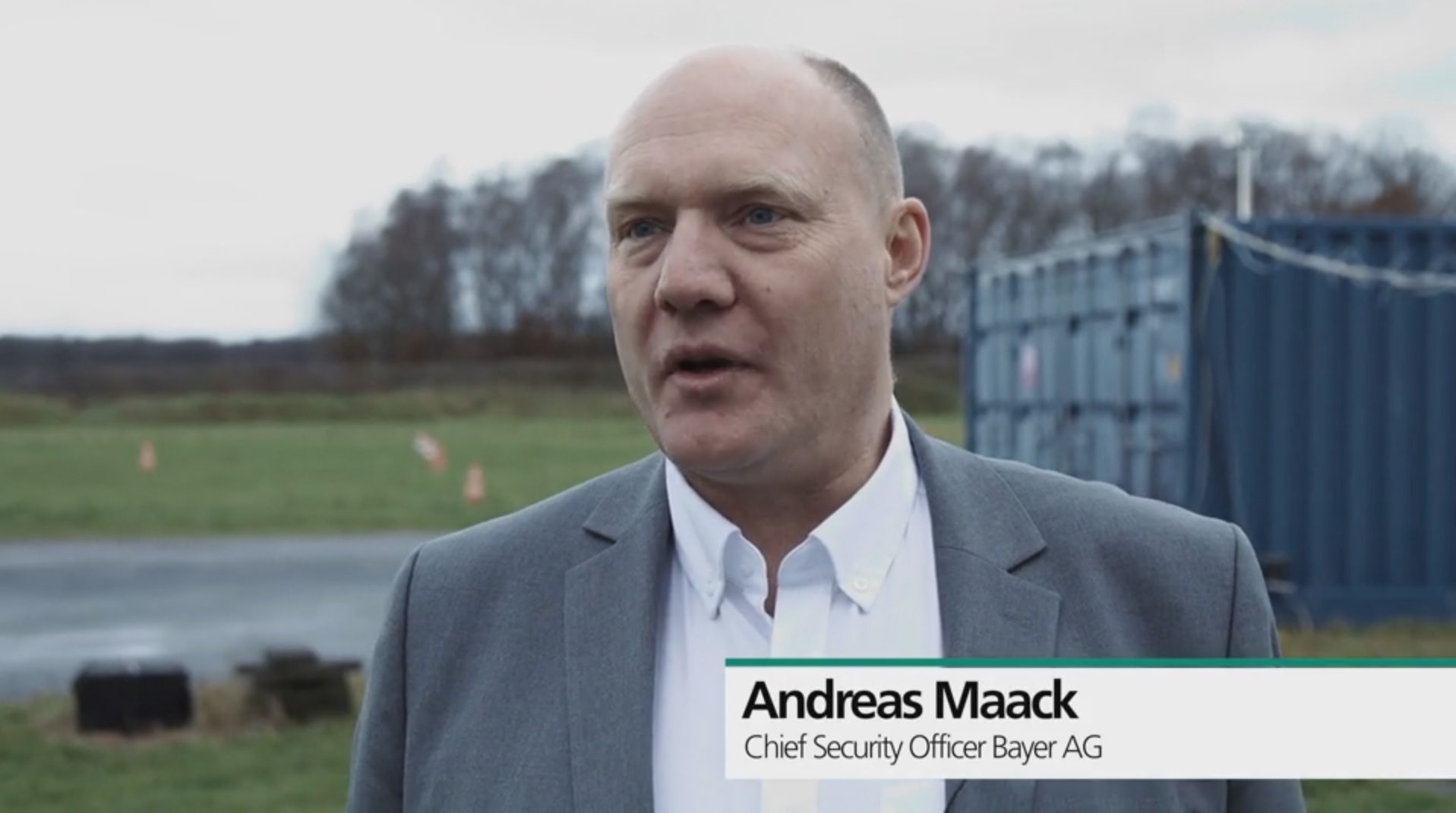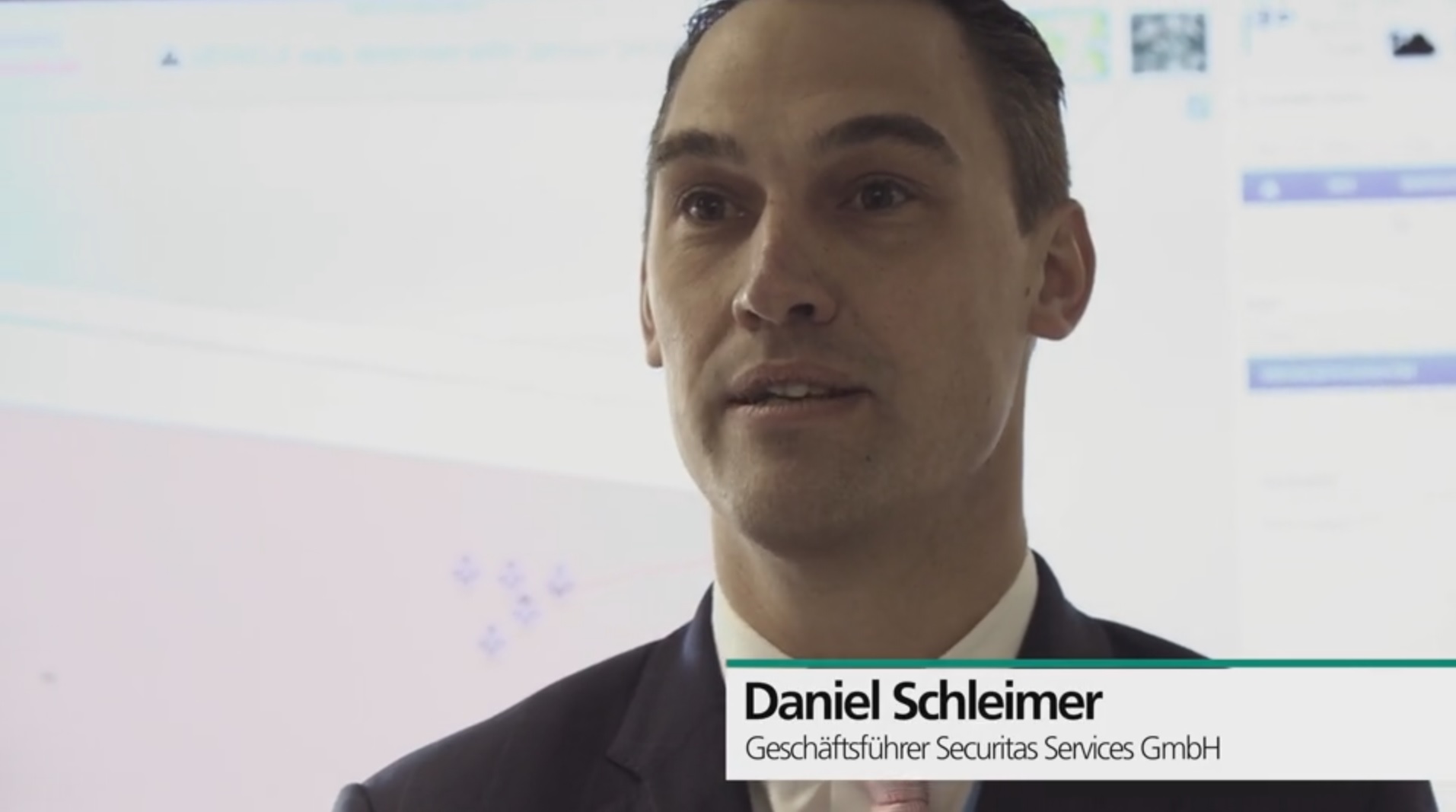Bayer breeds, monitors, and researches newly developed resistant cereal varieties and crop protection products in breeding and crop protection fields around the world. The cultivated areas are often leased, freely accessible plantations and fields. At these locations, there is always a risk of unauthorized persons trying to manipulate the research projects. For instance, they may sprinkle or plant foreign seeds or chemicals in the soil or simply destroy crops and fields.
Since research projects on crop protection and seeds usually run for many years and the manipulation is not always discovered immediately, such incidents can cause major setbacks and financial losses for the company. Bayer therefore has a strong interest in early warning of any unauthorized, suspicious activities in its high-risk fields so that they can be investigated promptly.
In Securitas, Bayer has a well-known security service provider at its side in addition to its own corporate security staff. Securitas has already been entrusted with guarding various properties of the Bayer Group, which it carries out from »Security Operation Centers« (SOC). But 24/7 monitoring of the geographically dispersed, often remote and constantly changing test field locations is not yet possible.
»SensFArM«, short for »Sensor-Based Flexible Area Monitoring«, is a project in which the Fraunhofer FKIE has developed a deployable technical solution for sensor-based facilities monitoring. It is designed to ensure the detection and traceability of unwanted activity within the clearly defined areas of the Bayer test fields.

